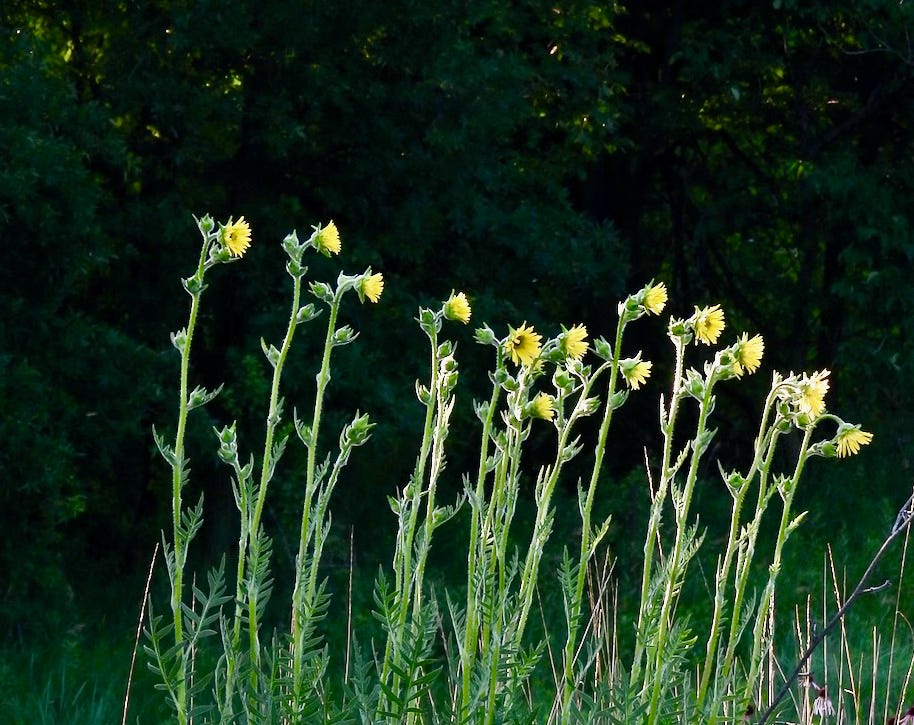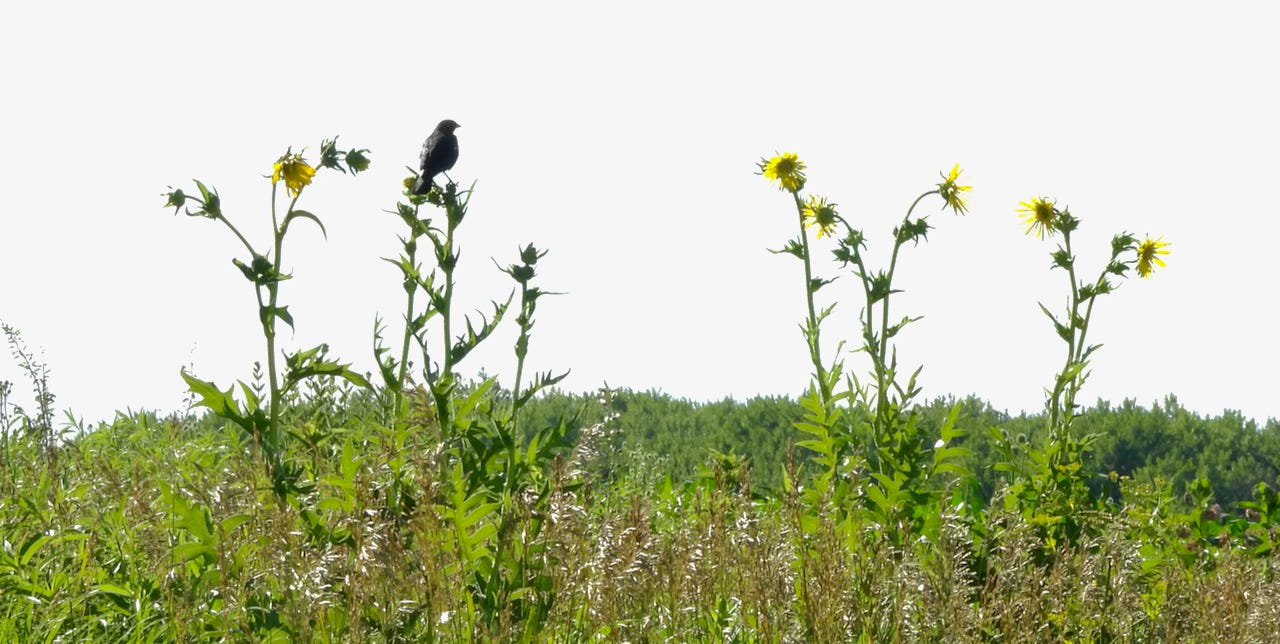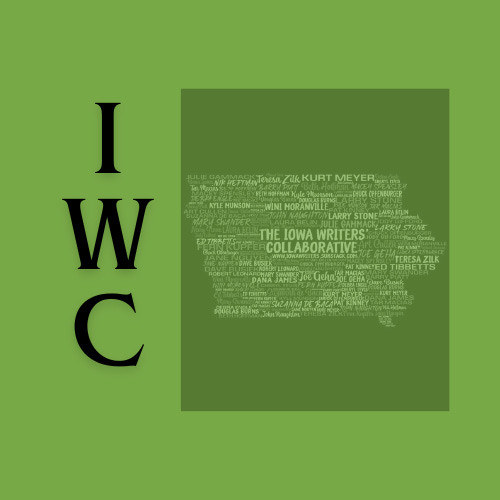Compass plants define the prairie in July. Multiple stalks sport yellow flowers that turn toward the sun. Distinctive flat leaves, deeply lobed and oriented north-south, gave the plant its common name.
Iowa native Aldo Leopold, writing in A Sand County Almanac, piqued my interest in this iconic prairie species. Leopold grieved a county road crew’s decision to remove a cemetery fence that had protected a clump of compass plant – which he preferred to call by its scientific name, Silphium.
He waxed nostalgic about what the plant symbolized. “What a thousand acres of Silphiums looked like when they tickled the bellies of the buffalo is a question never again to be answered, and perhaps not even asked.”
Leopold surmised that most people paid no attention to the pre-settlement remnant that grew in the little cemetery – and that the loss of the Silphium would not elicit more than a shrug from neighbors and passers-by. “If I were to tell a preacher of the adjoining church that the road crew had been burning history books in his cemetery, under the guise of mowing weeds, he would be amazed and uncomprehending,” Leopold wrote.
I ponder Iowa’s history, as I gaze out my window at the compass plants now blooming in the reconstructed prairie that surrounds our house. I try to imagine the expanses that greeted Europeans as they moved westward, displacing Native Americans whose periodic fires kept trees at bay and invigorated the grasslands and forbs.
Then my mind wanders to natural history questions. Why, for example, do we have a profusion of compass plant blossoms this season? Does it stem from a wet spring following several years of drought? How have most of them escaped the munching of deer? In the past, compass plants that we neglected to fence often were likely to get nibbled off before they could bloom. Leopold recalled a prairie remnant where cattle were allowed to graze for the first time. The animals sought out the Silphium and chewed them to the ground.
It’s not just the four-leggeds that like Silphium, though. In our little prairie, birds - goldfinches, orioles, and others - also are attracted to the swaying flowers, where they pluck out the developing seeds.
People also have used compass plants for medicinal purposes. In their classic field guide, Wildflowers of the Tallgrass Prairie, Sylvan Runkel and Dean Roosa told how Native Americans and early settlers used the roots and leaves as a tonic for anything from rheumatism to an obstinate cough. A gummy material on the stems of blooming compass plants was used as a kind of chewing gum. Hence another common name – rosinweed.
Maybe I like compass plants because they’re so recognizable as prairie indicators. They’re easy to identify as I drive past at highway speeds – and I’m glad to know that the species is a favorite of roadside managers.
Compass plants also can teach another important lesson: patience. The plants in our little prairie didn’t show up for several years after we first seeded it more than 30 years ago. Realizing that native prairies evolved over 10,000 years, we resolved to be patient while waiting to see what would appear. Our reward is the dozens of Silphiums that now surround our house.
As I wrote in a Des Moines Register column in 1975, finding Leopold’s Silphium reminds us of Iowa’s prairie heritage.
“Prairie relicts – like the compass plant clinging to an unkempt roadside – are all that remain of the vast grasslands that awed early explorers.”
“I sense that the compass plant is yet trying to point the way, urging us to cling to our remaining prairie archives.”
I’m honored to be a part of the Iowa Writers’ Collaborative, along with more than 60 fellow journalists with Iowa connections. Please browse the list and choose your favorites. Most of our posts are free - but paid subscriptions help keep our noses to the grindstone!










This kind of column work may be Larry Stone at his best, you know? He explains the calm, continuous, threatened, and sometimes restored natural environment that's been shaping Iowa's story for centuries.
Such nice photos of this majesty native plant! That leaf agains the sky is marvelous and conveys some of the wonder of Compass Plant. I'm glad it took so well in your reconstruction. It took a few years for mine to bloom, which I started from seed, and I had to cage them for a couple years because of the blessed rabbits. But now they're tough and stand on their own.